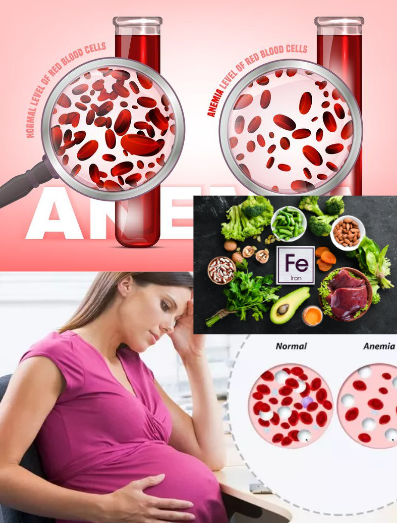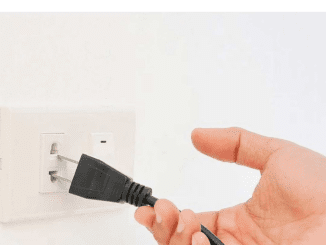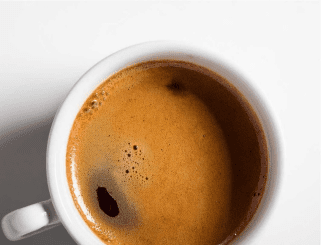
Iron is an essential mineral that your body needs to function properly. It plays a vital role in producing hemoglobin, the protein in red blood cells that carries oxygen from your lungs to the rest of your body. Without enough iron, your body can’t make enough healthy red blood cells, leading to iron-deficiency anemia—a condition that can leave you feeling weak, tired, and short of breath.
While iron supplements are available, one of the most effective and sustainable ways to maintain healthy iron levels is through your diet. In this article, we’ll explore the best iron-rich foods, explain the difference between heme and non-heme iron, and offer practical tips for boosting your iron absorption naturally.
Understanding Heme vs. Non-Heme Iron
Before diving into the list of foods, it’s important to understand that not all iron is the same. There are two main types:
Heme Iron: Found in animal products like meat, poultry, and seafood. This form is more easily absorbed by the body.
Non-Heme Iron: Found in plant-based foods such as beans, lentils, and vegetables. While still valuable, this form is absorbed less efficiently, but absorption can be improved with certain dietary combinations.
For a well-rounded approach, it’s best to include both types in your diet if possible.
1. Red Meat: The Iron Powerhouse 🥩
Red meat, such as beef and lamb, is one of the best sources of heme iron. Just 3 ounces of cooked lean beef can provide about 2.1 mg of iron, which is around 12% of the daily recommended value for adult women.
Not only does red meat offer highly absorbable iron, but it also contains vitamin B12, zinc, and high-quality protein—making it an all-around energy booster.
Pro Tip: Opt for lean cuts like sirloin or tenderloin to limit saturated fat intake.
2. Chicken and Turkey: Lean and Iron-Rich 🍗
Poultry may have slightly less iron than red meat, but it’s still a good source—especially the dark meat.
100g of cooked turkey leg contains about 2.3 mg of iron.
Chicken thighs contain more iron than chicken breast.
These meats are lower in fat and still provide heme iron, making them a great choice for a healthy diet.
3. Shellfish: Small but Mighty 🦐🦪
Shellfish like clams, oysters, and mussels are incredibly rich in iron.
Just 3 ounces of cooked clams can provide up to 23.8 mg of iron—more than 100% of the daily requirement.
Besides iron, shellfish also contain vitamin B12 and selenium, important for immune function and brain health.
4. Liver and Organ Meats: Nutrient Dense but Underused 🐄
Organ meats, especially beef liver, are among the richest sources of iron and other vital nutrients.
A 3-ounce serving of beef liver contains around 5 mg of iron.
Liver is also high in vitamin A, folate, and copper. However, due to its high vitamin A content, it should be consumed in moderation, especially by pregnant women.
5. Legumes: Plant-Based Iron Stars 🫘
For vegetarians and vegans, legumes are a fantastic source of non-heme iron.
Lentils, chickpeas, black beans, and kidney beans offer 2–3 mg of iron per cup.
Soybeans and edamame are particularly rich and also provide protein and fiber.
Pairing legumes with vitamin C-rich foods (like tomatoes or bell peppers) helps improve iron absorption significantly.
Video : 10 Iron Rich Foods (Say GOODBYE to Fatigue!)
6. Tofu and Tempeh: Vegan Protein + Iron Combo 🍽️
Tofu and tempeh, made from soybeans, are not only excellent sources of plant-based protein but also provide substantial amounts of iron.
Half a cup of firm tofu contains up to 3.5 mg of iron.
Tempeh contains about 2 mg per serving.
These foods are also rich in calcium and easy to include in stir-fries, curries, or sandwiches.
7. Dark Leafy Greens: Iron in Every Leaf 🥬
Certain leafy greens are rich in non-heme iron, especially:
Spinach: 1 cup cooked = 6.4 mg of iron
Swiss chard, kale, and collard greens also offer smaller but valuable amounts.
Though plant-based iron is harder to absorb, pairing greens with citrus juice or vinegar enhances absorption.
8. Seeds and Nuts: Tiny, Iron-Packed Snacks 🌰
Nuts and seeds are not only delicious but also provide a decent iron boost:
Pumpkin seeds: 2.5 mg per ounce
Cashews: 1.9 mg per ounce
Sesame seeds (and tahini) are also iron-rich
They’re perfect as a snack, added to salads, or blended into smoothies.
9. Whole Grains and Fortified Cereals: Everyday Essentials 🍞🥣
Many breakfast cereals are fortified with iron, providing up to 100% of the recommended daily intake in a single serving.
Look for “iron-fortified” on labels.
Whole grains like quinoa, oats, brown rice, and amaranth also offer small but meaningful amounts.
These foods also provide fiber and B vitamins, supporting digestion and metabolism.
10. Dried Fruits: Sweet and Iron-Rich 🍇🍑
Dried fruits like raisins, apricots, dates, and prunes offer small amounts of non-heme iron in a naturally sweet package.
Half a cup of dried apricots has about 1.7 mg of iron.
Combine with nuts for a quick and healthy iron-rich snack.
How to Improve Iron Absorption Naturally
Because non-heme iron (from plant sources) is harder to absorb, here are a few tips to boost its effectiveness:
Eat vitamin C-rich foods with meals (citrus, bell peppers, strawberries, broccoli).
Avoid drinking tea or coffee with meals, as tannins can block iron absorption.
Cook in cast iron cookware, which can slightly increase the iron content in food.
Avoid calcium supplements at the same time as iron-rich meals, as calcium competes with iron absorption.
Daily Iron Needs
Men (19–50 years): 8 mg/day
Women (19–50 years): 18 mg/day
Pregnant women: 27 mg/day
Postmenopausal women and older men: 8 mg/day
Iron needs vary based on gender, age, and health status. Women of childbearing age and pregnant women need significantly more iron due to menstrual blood loss and fetal development.
Video : Top 12 Iron Rich Food | Boost Hemoglobin Naturally
Conclusion
Iron is more than just a nutrient—it’s your body’s oxygen delivery system. Without enough of it, energy levels drop, focus fades, and your health suffers. Thankfully, iron-rich foods are diverse, delicious, and easy to incorporate into your meals.
Whether you’re a meat-eater, vegetarian, or vegan, there are plenty of ways to support your iron levels naturally. Combine animal and plant-based sources, use smart food pairings, and listen to your body. Strong energy, healthy blood, and better overall wellness all begin with giving your body the minerals it truly needs—especially iron.


